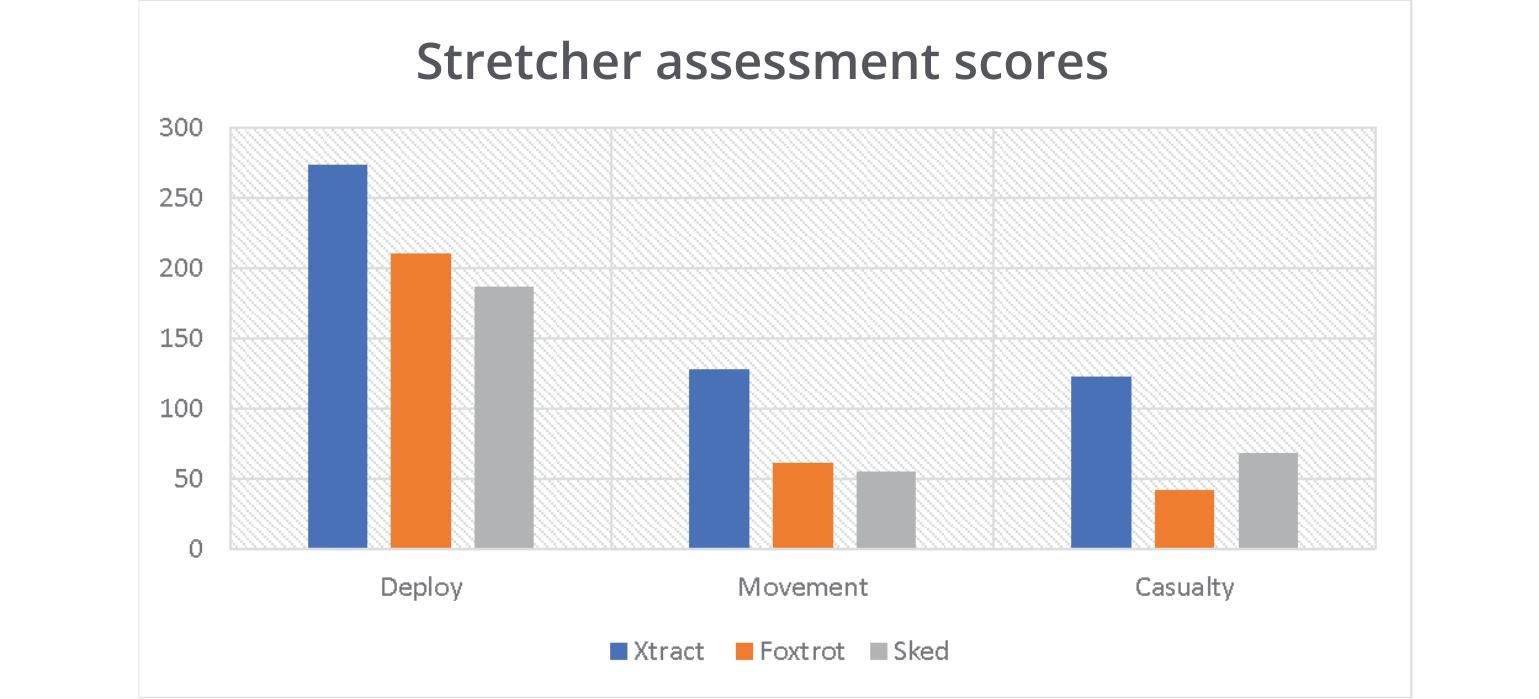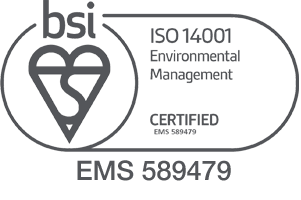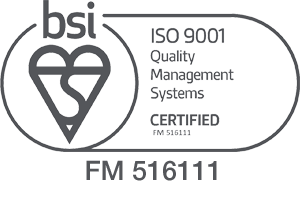

An evaluation of three stretchers for point of injury casualty evacuation
Contents:
An evaluation of three stretchers for point of injury casualty evacuation
Tactical casualty movement – an evaluation
Patient transport is a routine function of EMS and there are a wide variety of tools available on the market ranging from £20 carry sheets to £1000's power cots. As military teachings from the TCCC course are finding wider acceptance in the civilian medical and law enforcement communities (McSwain NE, 1999) Tactical Emergency Casualty Care (TECC) has evolved. In both TCCC & TECC it is widely recognised that there will become the need to move a casualty from the ‘Hot Zone’ or ‘Area of Direct Threat’ to a safer location. While in some cases, the casualty will be able to move themselves, it is likely that the casualty will need to be moved by rescuers.
TECC Guidelines, published by the Committee for Tactical Emergency Casualty Care direct rescuers to “Prevent any casualty from sustaining additional injuries” and “Keep response team maximally engaged in neutralizing the existing threat.” (Committee for Tactical Emergency Casualty Care, 2015)
For many response teams, the question remains, how do we keep as many operators engaged, recognising that these situations are dynamic and require continuous threat assessment and have a tactically feasible method for casualty movement and extraction?
To that end, a group of rescuers with diverse backgrounds from the Australian Police, French Foreign Legion and British Military were tasked to evaluate three ‘Tactical Stretchers’ from three different manufactures to determine the suitability of the stretchers to the TECC and TCCC environment.
The stretchers were assessed over a number of tasks:
- The ease of use and deployment.
- Their ability to move the casualty over a variety of terrain.
- Their ability to protect the casualty and minimise the chance of them sustaining further injury during movement.
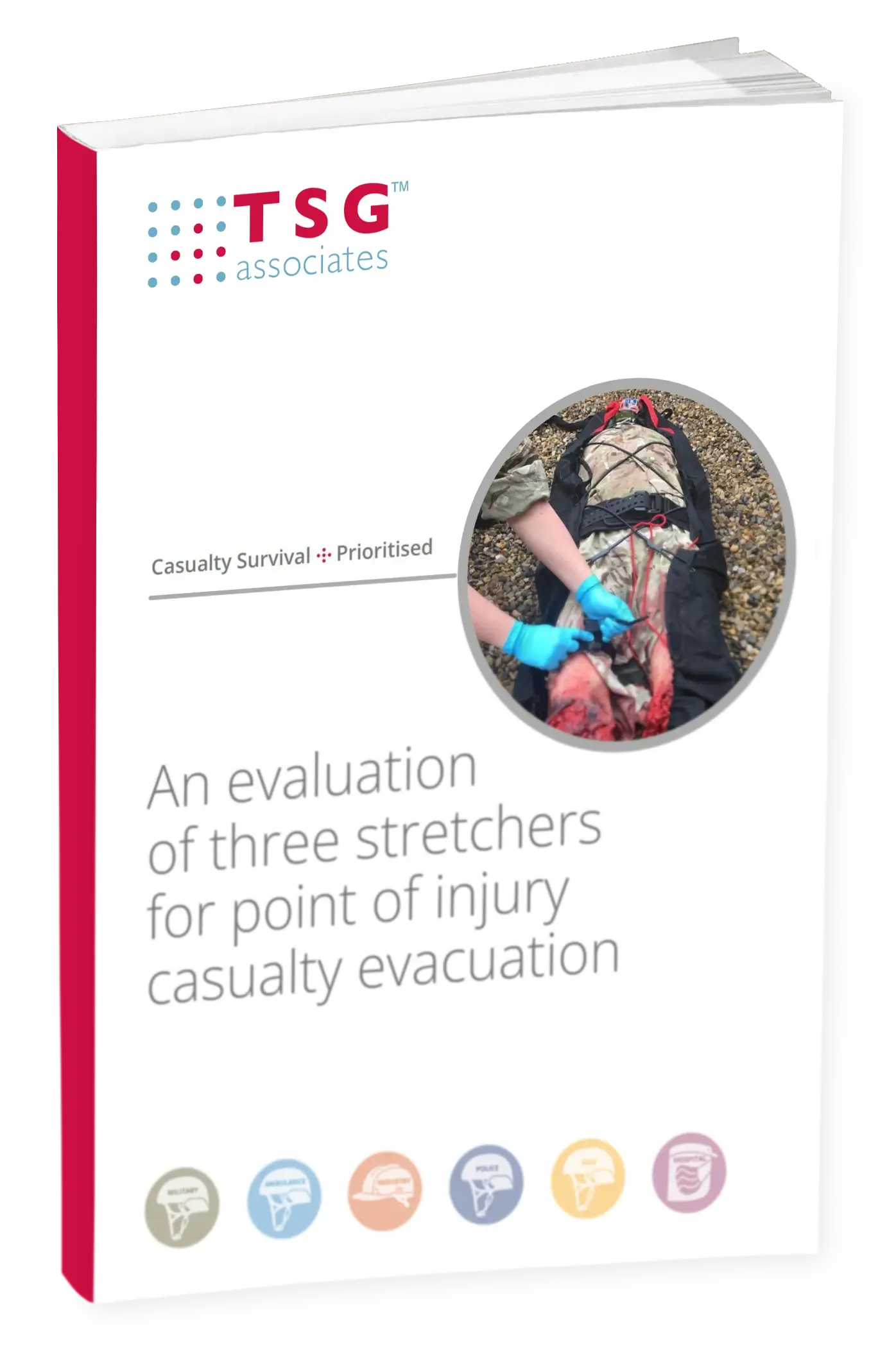
An evaluation of three stretchers for point of injury casualty evacuation
What You’ll Discover in This Guide:
- In-depth evaluations based on real-world testing conducted by experienced rescuers from diverse backgrounds.
- Key insights about each stretcher's ease of use, mobility across various terrains, and how well they protect casualties during transport.
- Practical recommendations to enhance operational readiness and ensure safe and efficient casualty evacuation.
Equip yourself with the knowledge to improve your response capabilities and ensure every casualty receives the best care. Empower your team for success in any situation.
Fill out the form to download now.
Equipment
The stretchers used in this evaluation were:
- Sked (17lbs/7.7kgs)
- Foxtrot (4.8lbs/2.2kgs)
- XtractSR (6lb/2.9 kgs)
Method
Each participant was briefed on the use of all three stretchers in the classroom with approximately the same time spent on each stretcher. Participants had time in the classroom to get hands-on with the stretchers and ask questions. The participants were then taken outside, and the three stretchers were evaluated.
A volunteer participant was used as a ‘casualty’ and loaded into the stretcher, they were then dragged for 200m and picked up and carried for 200m. A level of urgency was instilled into the participants to treat the exercise as a ‘real’ casualty evacuation from an exposed location.

Preparation

Loading

Moving
Evaluation 1
Ease of equipment deployment and loading the casualty.
- The XtractSR was considered the easiest to deploy and fastest to load in multiple roles. This was due to the combination of size, weight and carrier.
- The casualties reported that they felt the most secure in the XtractSR.
- The Sked was large and cumbersome.
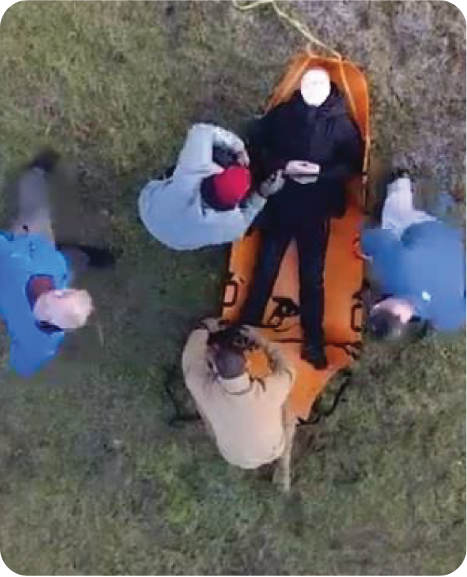
Photo 1- Sked being loaded
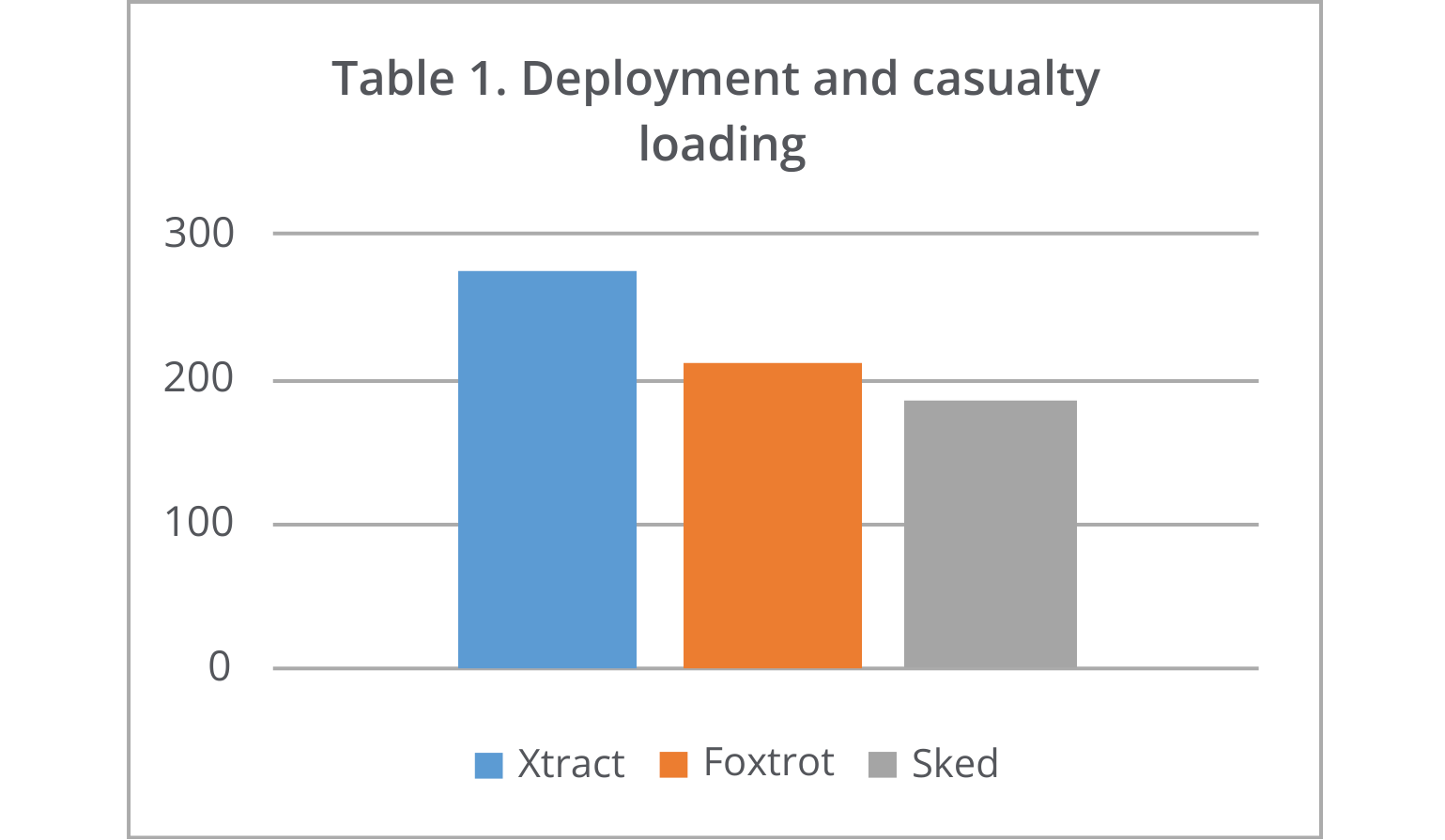
Evaluation 2
Casualty movement – 200m drag followed by 200m carry.
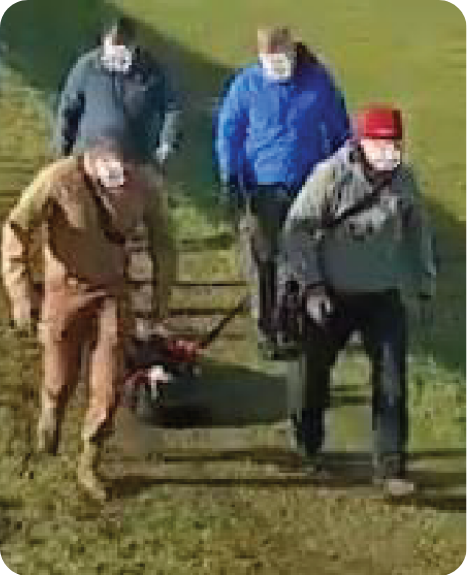
Photo 2 - XtractSR drag
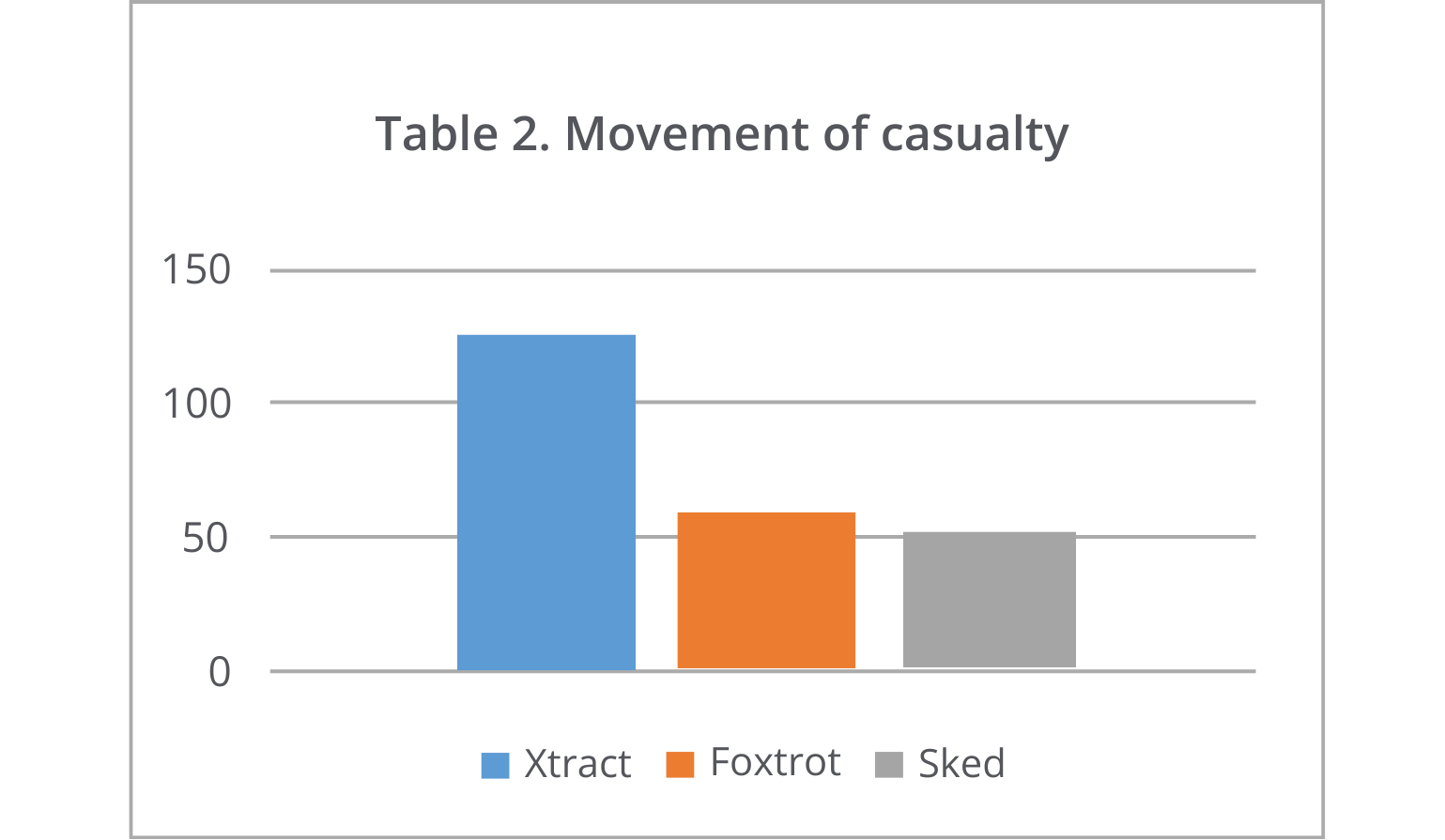
- The Foxtrot trial had to stop twice due to the casualty being unstable.
- The Sked casualty said: “My C-spine was unstable during the drag. The chin-to-chest lift caused a head-down position.”
- All stretchers were easily carried with the XtractSR allowing an easy hands-free drag or carry for the front operators.
Evaluation 3
Comfort and security of the simulated casualty.
- The casualty for the XtractSR said: “It was very comfortable below me.”
- Access to the casualty for treatment scores can be seen in the below table.
- The casualty scored the Foxtrot as “very insecure", “low comfort” and thought the injury site and casualty were “exposed.”
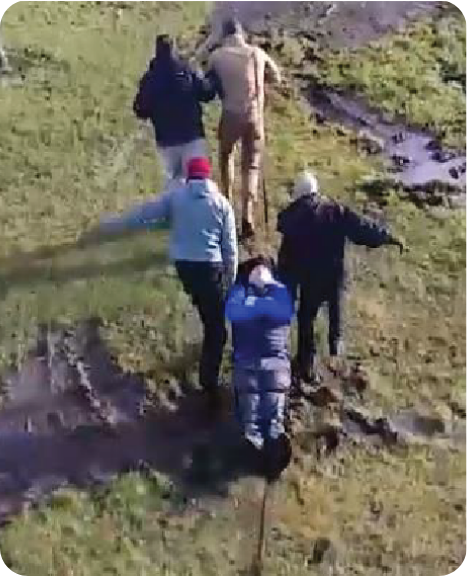
Photo 3 - Foxtrot drag
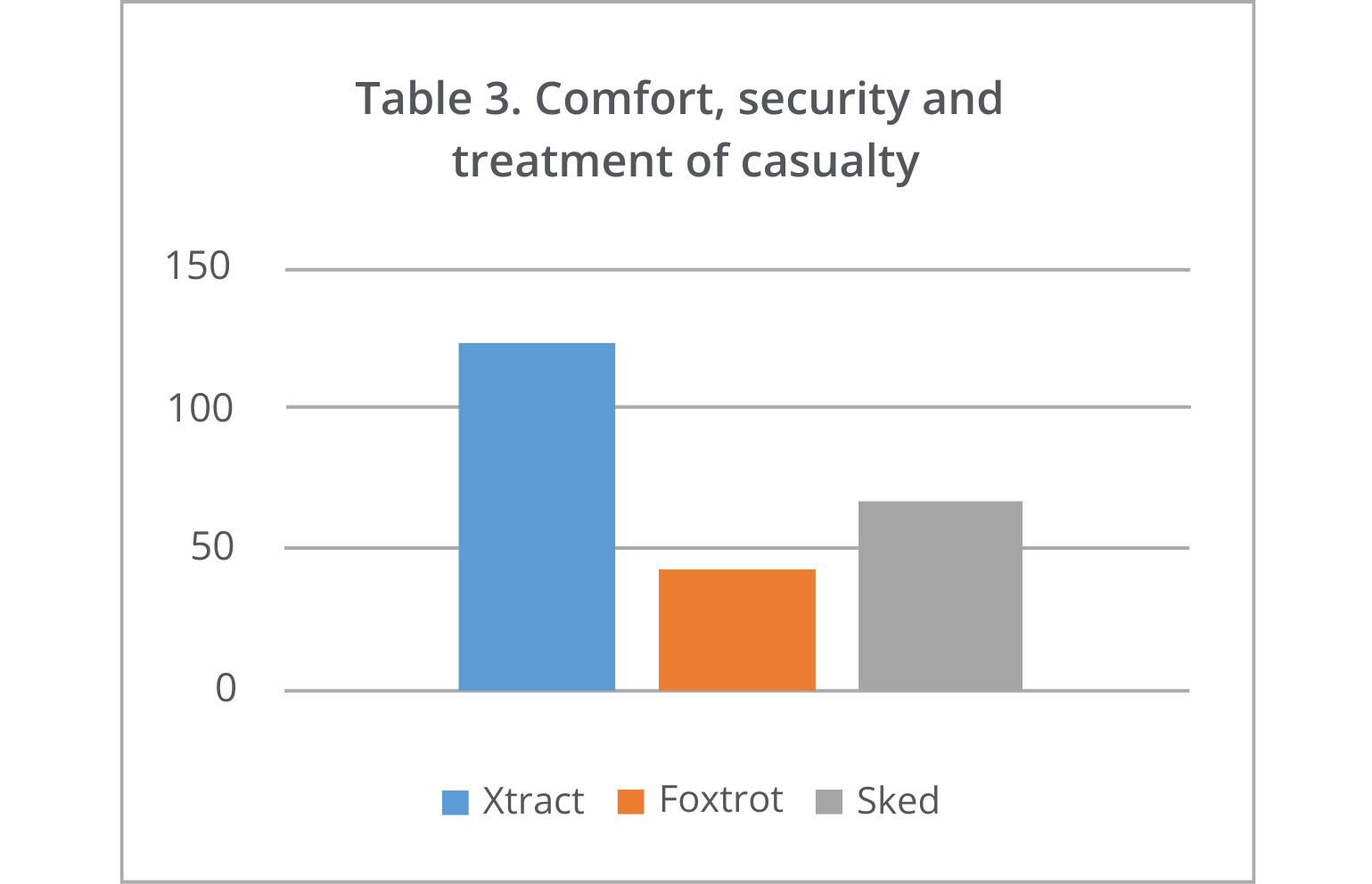
Summary feedback
The XtractSR was found to be the fastest, easiest and most robust between the three products. The casualty felt comfortable and secure. Two participants were able to easily move the casualty by dragging. Whether dragging or carrying the lead two participants were hands free, allowing them to maintain situation security.
The Foxtrot took all four participants to drag resulting in a compromising casualty position. It was found to be uncomfortable and unstable for the casualty. The casualty felt exposed and unprotected.
The Sked unpacked was cumbersome, time consuming to unpack and load the casualty. It protected the casualty well whilst being moved, however the casualty’s position was compromised.
